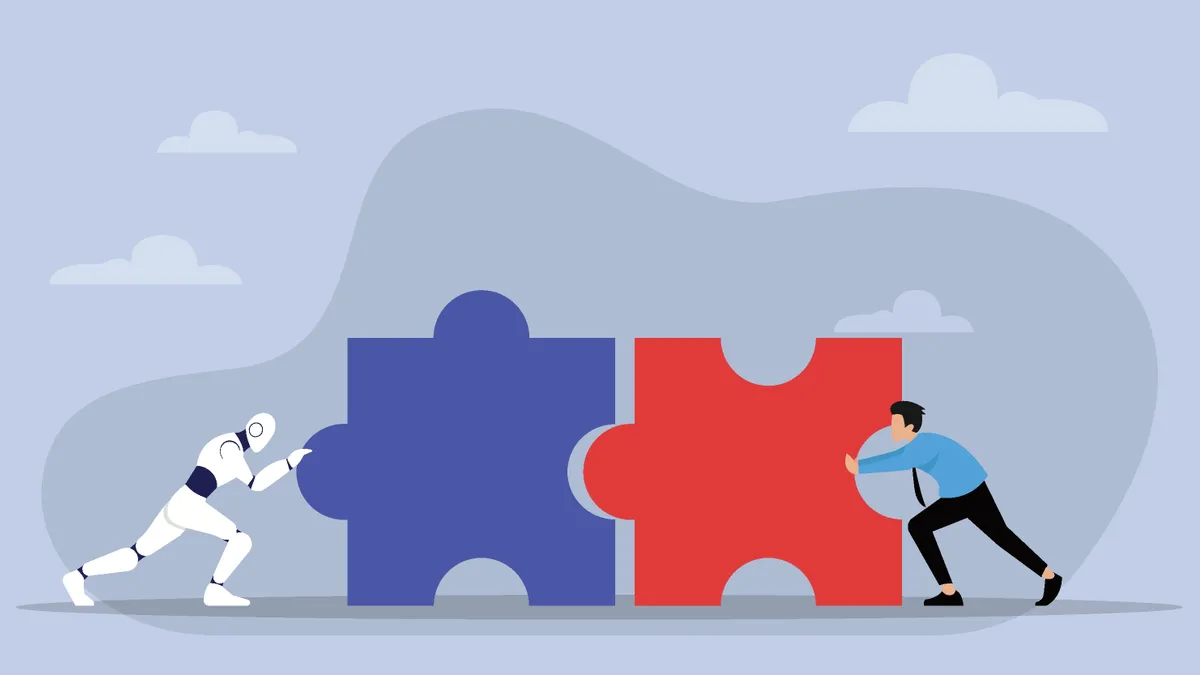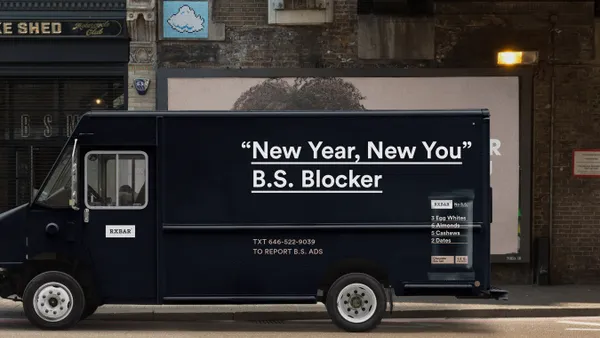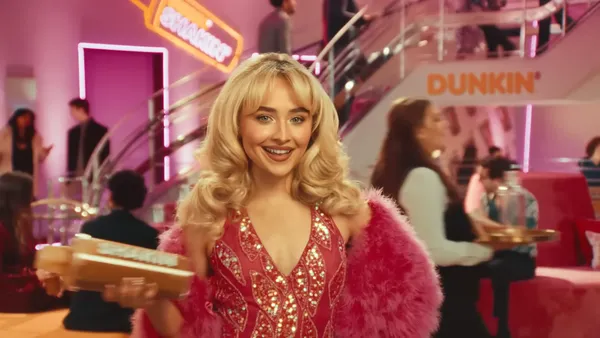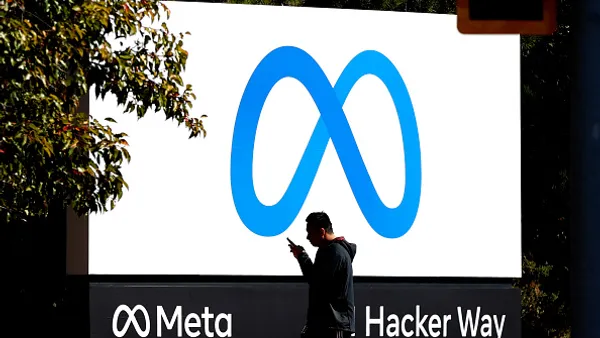If a picture is worth 1,000 words, then the 3 billion+ images shared across social media every day have a lot to say. But is your brand listening?
Consumer conversation on social media is increasingly visual. Across channels, the ways social media users “talk” about brands, products, and any other topic has far more to do with the smartphone’s camera than with the keyboards.
The problem for brands is that 85% of those images shared every day lack text references to the brands and products within them. That means the traditional ways of looking for brand and product mentions won’t help you tap into this trove of consumer insights hidden in social media data.
So what can brands do? Image analysis technology gives brands the power to analyze the logos, scenes, faces, logos, objects, scenes and actions in the billions of images posted by consumers. As the shift towards visual conversation continues, it’s become increasingly important to incorporate images into your social media analytics strategy to get the full picture of what’s happening.
Why? Here are some of the top reasons to add image analysis to your strategy:
Never miss a brand mention
Are you missing direct mentions of your brand every day on social? If you aren’t using image analysis, the answer is undoubtedly “yes.” In the past, the only way to find mentions of your brand or product within social posts was to look for text-based mentions of your brand and products names or direct tags of your brand’s social account. With image analysis, brands can analyze billions of social images to identify their logo and their products. Combining the text-based mentions with the visual mentions provides the full picture of the conversation about a brand and its products.
See the big picture
Image analysis means a lot more than just logo recognition. Analyzing the elements within an image adds many more data points that provide context to each visual post you analyze. Maybe the user didn’t share their location, but it’s clear that the scene in the image is on a beach. You may not know the user’s gender and age, but the image is of man in his 20s.
Additionally, you track the objects in the photos like specific articles of clothing, types of food, etc. This additional context allows you to extract more meaningful insights from your analysis. Combining this added context with the ability to find your brand's logo gives you the ability to understand where your branding and products are appearing most as well as the other brands and products that appear with them.
Track sponsorship ROI
How can brands measure offline marketing tactics like sports and event sponsorships? This isn’t an easy question to answer, but new logo recognition and image analysis technology provide new ways to see the value of sponsorships. Image analysis technology opens up a lot of possibilities for optimizing sports and event sponsorships based on data that previously would have been impossible to collect. Image analysis allows you to measure which sponsorships and physical ads, in which locations, are being photographed and shared the most.
⬇️1️⃣9️⃣
— Red Sox (@RedSox) September 6, 2017
We're here for this. @mookiebetts with a leadoff double! pic.twitter.com/HGngLclC8a
Image analysis would allow brands like Coca-Cola, Gulf, W.B. Mason and the other logos contained in this photo to better understand the reach of their sponsorship placements.
The results of such an analysis could allow a brand to evaluate the value of sponsorships based on the social reach instead of just the foot traffic in the area or attendance at the event. These insights allow brands to make better sponsorship decisions to boost brand awareness.
See how consumers are using products
One of the most interesting and useful applications of social image analysis technology is understanding how customers are actually using products in their everyday lives. Every company wants know as much as possible about how, when, and where people are using their products as well as their competitor’s products. Text analysis can’t provide a complete picture of actual product use. Unlike text, images provide visual validation of the who, where, and how people are using your product. Without image analysis, your fans and customers have to specifically mention your product, which is less likely to happen.
Caroline with eastern box turtle. #boxturtle #patagonia pic.twitter.com/CDEATXNhed
— Erick McMurray (@ErickMcMurray) September 3, 2017
A brand like Patagonia can use image analysis to get data on where and how customers are using its products.
For more on image analytics and how to use it, download the free guide!












